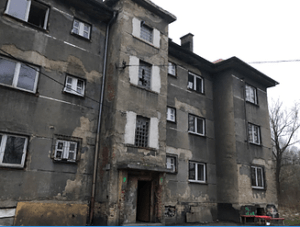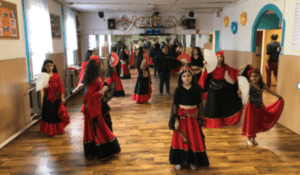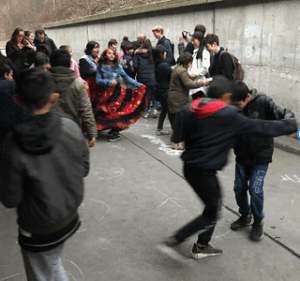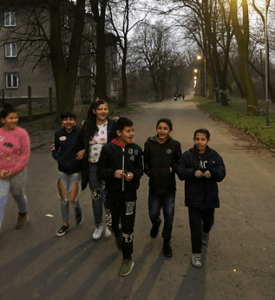
The first row of houses I saw in the Roma community were uniform in size, shape and color. The houses were two-story block houses painted gray, and you could see several yards with laundry hung out in the front. They were a bit older and in need of some maintenance. As we walked by, people curiously peered out of windows and doors. Some residents waved shyly. Our guide on the trip told us that the average rent of these flats was around the same price as the average rent in Prague: 18,337.08 korunas or approximately $802, according to Numbeo. Supposedly, the owners, who abandoned responsibility for these buildings years ago, now leach off of already impoverished Roma families. These families must accept these terrible conditions, because they have no other place to


